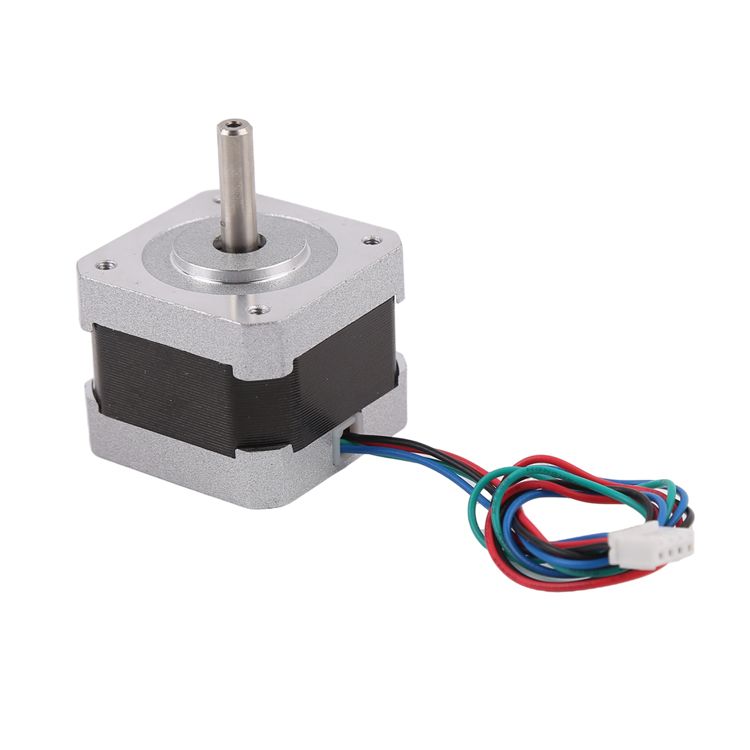Stepper motors operate on the principle of using electromagnetism to convert electrical energy into mechanical energy. It is an open-loop control motor that converts electrical pulse signals into angular or linear displacements. It is widely used in industry, aerospace, robotics, fine measurement and other fields, such as photoelectric latitude and longitude instruments for staring satellites, military instruments, communications and radar, etc. It is important to understand stepper motors.
In the case of non-overload, the speed of the motor, the position of the suspension depends only on the frequency of the pulse signal and the number of pulses, and is not affected by changes in the load.
When the stepper driver receives a pulse signal, it drives the stepper motor to roll a fixed point of view in the set direction, called the "step angle", and its rotation is run step by step with a fixed point of view.
The number of pulses can be manipulated to control the amount of angular displacement, and then reach the intention of precise positioning; at the same time, the frequency of pulses can be manipulated to control the speed and acceleration of the motor rolling, and then reach the intention of speed regulation.
Normally the rotor of a motor is a permanent magnet, when the current flows through the stator winding, the stator winding generates a vector magnetic field. This magnetic field will drive the rotor to rotate a point of view, so that the direction of the rotor's pair of magnetic fields is the same as the direction of the stator's field. When the stator's vector field rotates by one point of view. The rotor also follows this field by one viewpoint. For each electrical pulse input, the motor rolls one line of sight further. The angular displacement of the output is proportional to the number of pulses input and the speed is proportional to the frequency of the pulses. By changing the order of the winding energisation, the motor will turn. So you can control the number of pulses, the frequency and the order of energising the motor windings in each phase to control the rolling of the stepper motor.
Post time: May-15-2023

